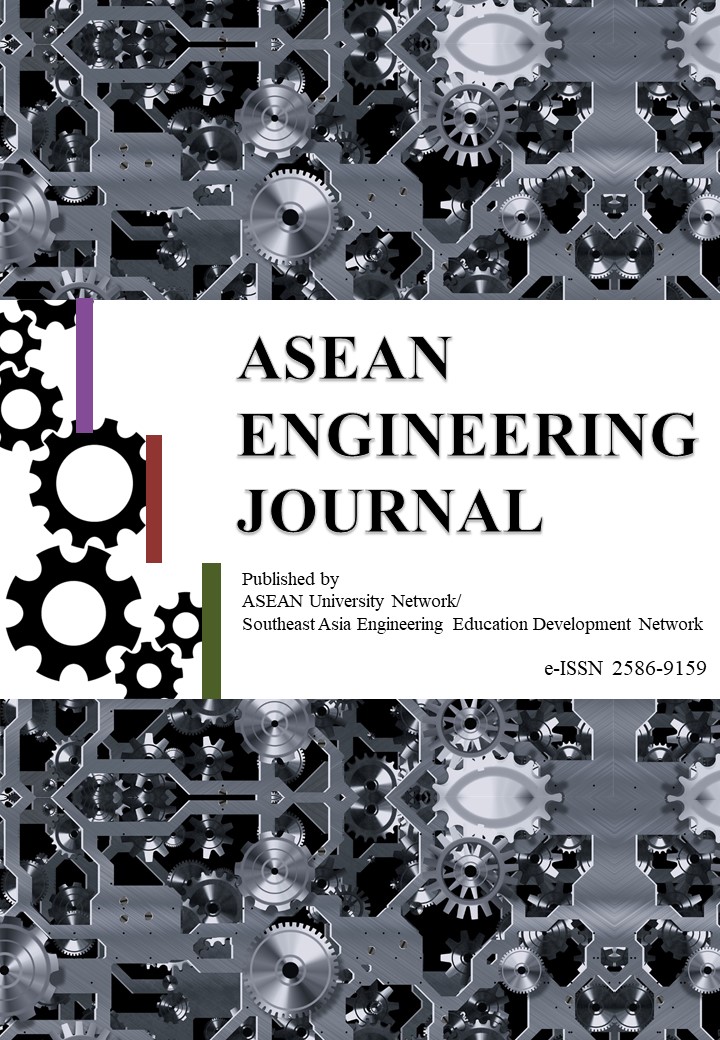USING FLY ASH AS A PARTIAL REPLACEMENT FOR FINE AGGREGATE IN CONCRETE AND ITS EFFECTS ON CONCRETE PROPERTIES UNDER DIFFERENT CURING TEMPERATURES
DOI:
https://doi.org/10.11113/aej.v10.16595Keywords:
Compressive strength, Durability, Elevated temperature, Fine aggregate, Fly ashAbstract
A shortage of natural fine aggregates has occurred worldwide, especially due to excessive consumption of them in construction activities. For this, the availability of sustainable alternative materials for natural fine aggregate is researched. Fly ash is identified as one such material that can partially replace fine aggregate in concrete. The current study demonstrates the feasibility of using fly ash as a partial fine aggregate replacing material in concrete and its effects on the compressive strength and some significant durability properties when cured under different curing temperatures. Fine aggregate and cement were partially replaced with Class F fly ash in different percentages. The curing methods (used in this study) were isothermal heat curing at 30ºC, 50ºC, and 70ºC, and one-day accelerated heat curing. The compressive strength test, carbonation depth test, rapid chloride penetration test, and surface resistivity test were performed for concrete mixtures with different fly ash replacement levels and curing temperatures. Test results reveal that the use of fly ash as a partial fine aggregate replacing material in concrete gives higher compressive strength than that of concrete with fly ash as a partial cement replacing material at both an early age and a later age. One-day accelerated curing is the most beneficial curing method, regarding the compressive strength at all the tested ages. Moreover, concrete with fine aggregate replacement gives better results for carbonation resistance, chloride penetration resistance, and surface resistivity when compared with the control mixture and mixtures with fly ash as a partial cement replacing material.
















